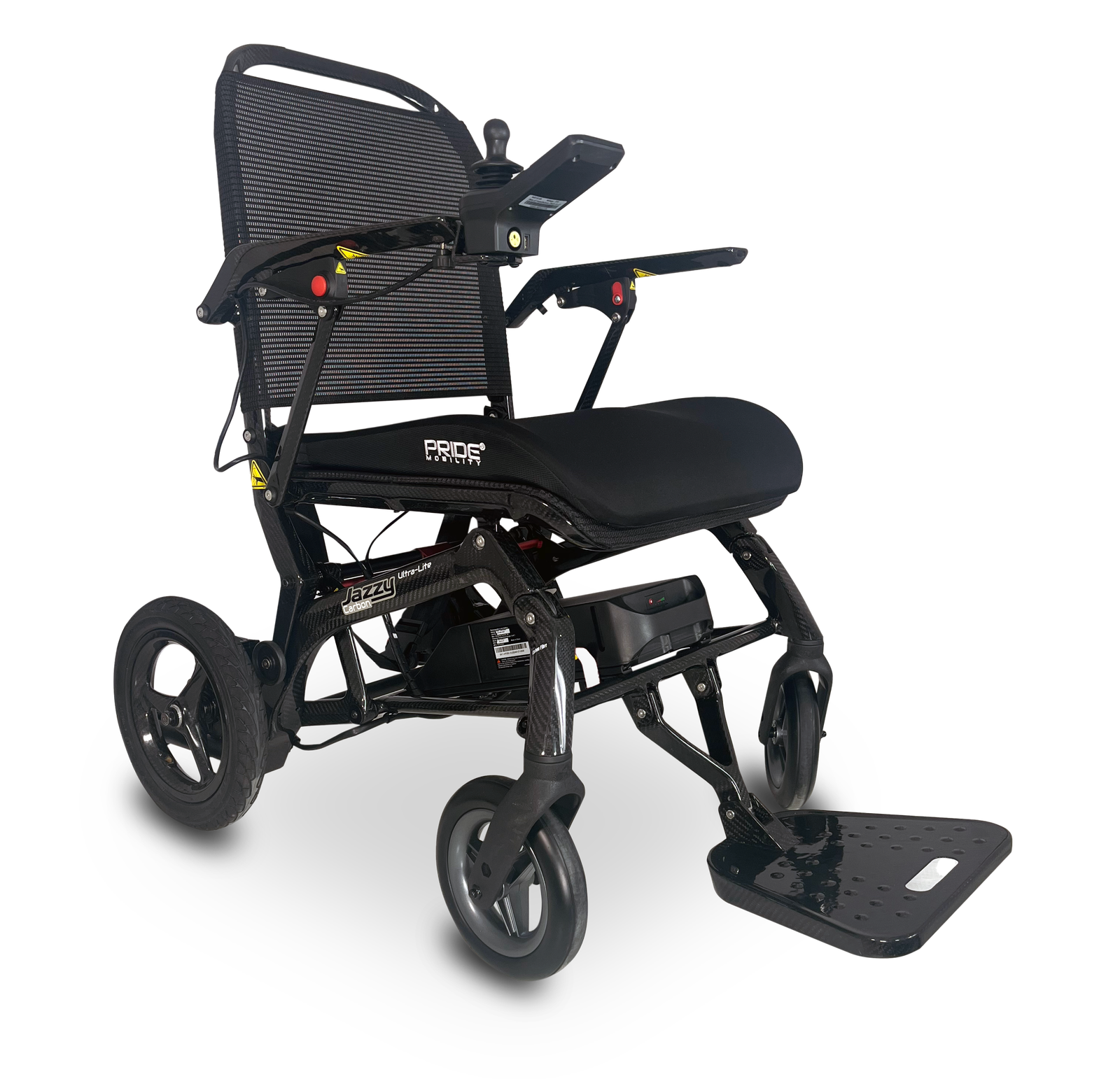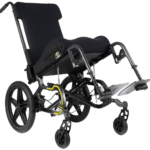Wheelchairs are essential mobility aids for individuals with mobility impairments, providing them with the freedom and independence to move around and engage in daily activities. There are primarily two types of wheelchairs: manual and power. Each type offers unique features and benefits tailored to the specific needs and preferences of users.
Manual Wheelchairs
Manual wheelchairs can propelled by the user or a caregiver pushing the wheels by hand. They are lightweight, portable, and versatile, making them suitable for various environments, including indoor and outdoor use. Manual wheelchairs come in different designs, including folding and rigid frames.
Advantages of Manual Wheelchairs:
Portability
Manual wheelchairs are lightweight and foldable, making them easy to transport and store.
Affordability
Manual wheelchairs are typically more affordable than other, making them a cost-effective option for many users.
Physical Exercise
Propelling a manual wheelchair provides users with opportunities for physical exercise and enhances upper body strength and endurance.
Power Wheelchairs
Power wheelchairs, also known as electric, are battery-operated and feature a motorized system for propulsion. Users control the movement of the wheelchair using a joystick or other electronic controls.These are ideal for individuals who have limited upper body strength or mobility and require assistance with mobility. Dive into the world of and discover the perfect match for your needs with the Jazzy Carbon Ultra Lite.
Advantages of Power Wheelchairs:
Independence
It offer greater independence to users by eliminating the need for manual propulsion.
Ease of Use
Power wheelchairs are easier to operate than other, particularly for individuals with limited strength or dexterity.
Long-Distance Travel
Power wheelchairs are suitable for long-distance travel, as they require less physical effort from the user.
Choosing the Right Type of Wheelchair
When choosing between a manual and power wheelchair, it’s essential to consider factors such as the user’s mobility needs, lifestyle, physical abilities, and environment. Consulting with a healthcare professional or mobility specialist can help determine the most suitable option based on individual requirements.
Simplicity and Control
Manual wheelchairs are typically lightweight, easy to maneuver, and straightforward to maintain. They will propelled by the user or a caregiver pushing the wheels, making them a cost-effective choice for many. Due to their simplicity, they are less reliant on maintenance or battery life, allowing for independence without the need to frequently recharge. They are often preferred by individuals who have sufficient upper body strength or access to support in assisting with movement. While they require more physical effort than power options, manual wheelchairs are versatile, with a variety of designs that range from basic models to sport-specific frames ideal for active users.
Power Wheelchairs: Effortless Mobility for All-Day Use
It offer the advantage of powered movement, which is essential for individuals with limited upper body strength. Operated via a joystick, touchpad, or other custom controls, these wheelchairs can equipped with a battery that allows extended mobility without physical strain. They often feature advanced seating options, including reclining and elevating functions, which support better posture and increase comfort for long-term use. Although power wheelchairs require regular battery charging and routine maintenance, their high-tech capabilities enable greater independence, allowing users to travel longer distances without exhaustion. For those who require extensive support, power wheelchairs can even include features like adjustable headrests, leg rests, and pressure relief seating.
Choosing the Right Fit for You
When deciding between both consider factors such as physical ability, lifestyle, terrain, and personal preference.It may be best suited for individuals who value portability and can manage self-propulsion. While often pricier, are ideal for users needing maximum support and ease.
Conclusion
Ultimately, both manual and power wheelchairs serve the common goal of improving mobility and enhancing the quality of life for individuals with mobility impairments. By understanding the differences between these types of wheelchairs, users can make informed decisions to select the option that best meets their needs and preferences.
FAQs
- What are the main differences between manual and power wheelchairs?
These will propelled by the user or a caregiver pushing the wheels by hand, while other are battery-operated and feature a motorized system for propulsion.
- Who might benefit more from using a manual wheelchair?
Individuals with good upper body strength and mobility may find suitable, as they provide opportunities for physical exercise and are typically more affordable.
- What are some advantages of using a power wheelchair over a manual one?
Power wheelchairs offer greater independence to users, particularly those with limited strength or mobility, as they eliminate the need for manual propulsion and are easier to operate.
- Can power wheelchairs be used for outdoor activities?
Yes, these will more suitable for outdoor use and long-distance travel, as they require less physical effort from the user and offer enhanced mobility over various terrains.
- How can I determine which type of wheelchair is best for me or my loved one?
It’s essential to consider factors such as the user’s mobility needs, lifestyle, physical abilities, and environment. Consulting with a healthcare professional or mobility specialist can help determine the most suitable option.



